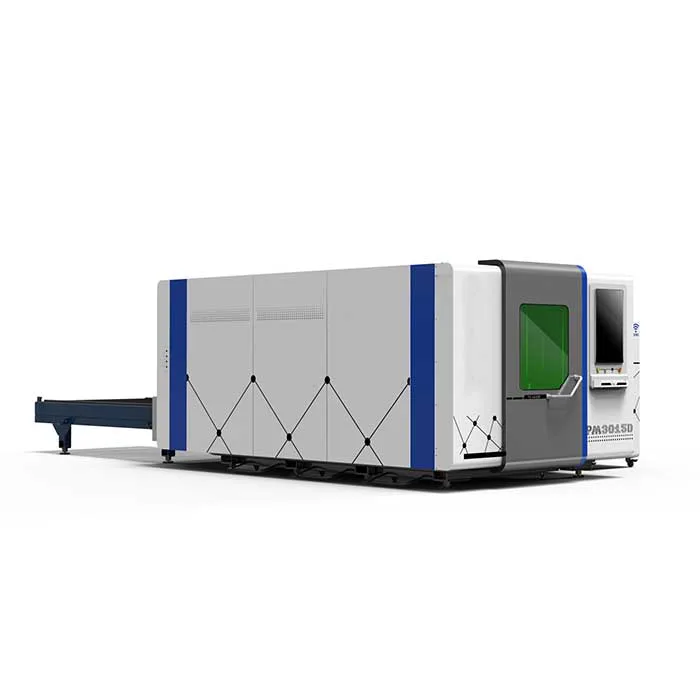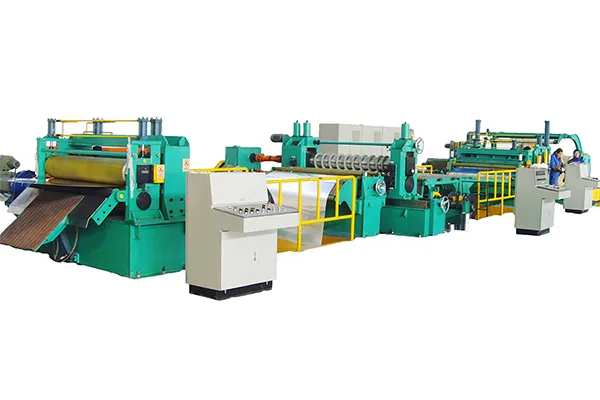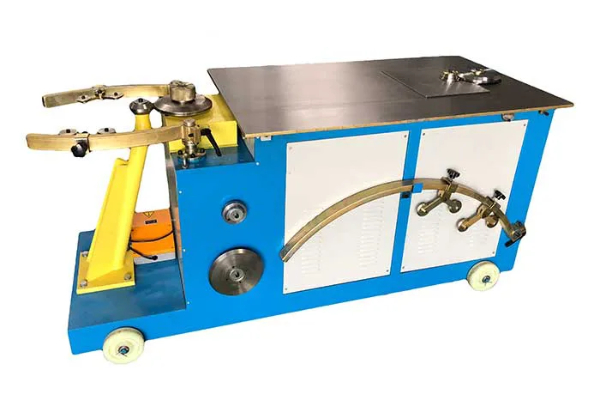
Understanding Different Bending Techniques with Metal Press Brakes
- By:Metmac
- 2024-08-05
- 201
In the realm of metal fabrication, press brakes reign supreme in shaping sheet metal into intricate forms. Understanding the diverse bending techniques employed by these powerful machines unlocks countless possibilities for precision metalworking. This comprehensive guide explores the nuances of various bending techniques, empowering fabricators with the knowledge to select the optimal method for their specific requirements.
Air Bending: A Gentle Touch
Air bending, as the name suggests, utilizes a punch and die to bend sheet metal without a clamping force. The material is supported by a series of fingers that act as a die, while the punch applies pressure to form the desired angle. Air bending is ideal for thin materials and shallow bends, as it imparts minimal strain on the workpiece.
Bottom Bending: Precision and Stability
Bottom bending engages a punch and die, similar to air bending, but the material is securely clamped between the die and a bed. This method ensures precise bending angles and uniform deformation throughout the workpiece’s length. Bottom bending is commonly used for thicker materials and complex shapes that require high accuracy.
Coining: Shaping with Pressure
Coining employs a punch and die to exert immense pressure on the sheet metal, resulting in a permanent deformation. Unlike bending, which induces a bending angle, coining completely conforms the material into the shape of the die cavity. This technique is particularly suited for forming intricate features, logos, or embossed patterns.
Roll Bending: Continuous andVersatile
Roll bending employs a series of rollers to gradually bend sheet metal into cylindrical or curved shapes. The workpiece is guided through the rollers, allowing for continuous bending and precise control over the radius of curvature. Roll bending is ideal for forming large, cylindrical components such as tanks, pipes, and drums.
Rotary Bending: High-Volume Precision
Rotary bending utilizes a rotating mandrel to bend sheet metal around a fixed point. The material is fed into the machine and subjected to a continuous bending motion as it travels along the mandrel. This technique is renowned for its high speed and precision, making it ideal for large-scale production of repetitive bends.
Conclusion
Understanding different bending techniques with metal press brakes empowers fabricators with the versatility to tackle a wide range of metalworking projects. Air bending, bottom bending, coining, roll bending, and rotary bending each offer unique advantages for specific material thicknesses, shapes, and accuracy requirements. By selecting the appropriate technique, fabricators can achieve optimal results, enhancing the quality and efficiency of their metalworking operations.
-
Mastering Form and Force: A Guide to Modern Metal Plate Bending Machines
2025/12/16 -
Demystifying Sheet Metal Laser Cutting Machine Price: The METMAC Value Perspective
2025/12/16 -
Metal Sheet Machinery: The Engine of Modern Fabrication and the METMAC Advantage
2025/12/16 -
Beyond the Bend: The Power and Precision of the Modern Sheet Profile Machine
2025/12/16
-
Advanced Sheet Metal Rolling, Laser Cutting, and Folding Machines for Precision Fabrication
2025/10/31 -
High-Performance Sheet Metal Bending and Cutting Machines for Modern Fabrication
2025/10/31 -
High-Quality Sheet Metal Equipment for Sale: Efficient Solutions for Modern Manufacturing
2025/10/31 -
High-Performance Sheet Metal Equipment for Sale: Forming and Shearing Solutions for Modern Fabrication
2025/10/22
-
A Guide to the Latest Innovations in Sheet Metal Folding Machines
2024/11/29 -
Key Features to Consider When Investing in a Sheet Metal Folding Machine
2024/11/28 -
Enhancing Precision with Advanced Sheet Metal Folding Machines
2024/11/27 -
How to Choose the Right Sheet Metal Folding Machine for Your Workshop
2024/11/26







